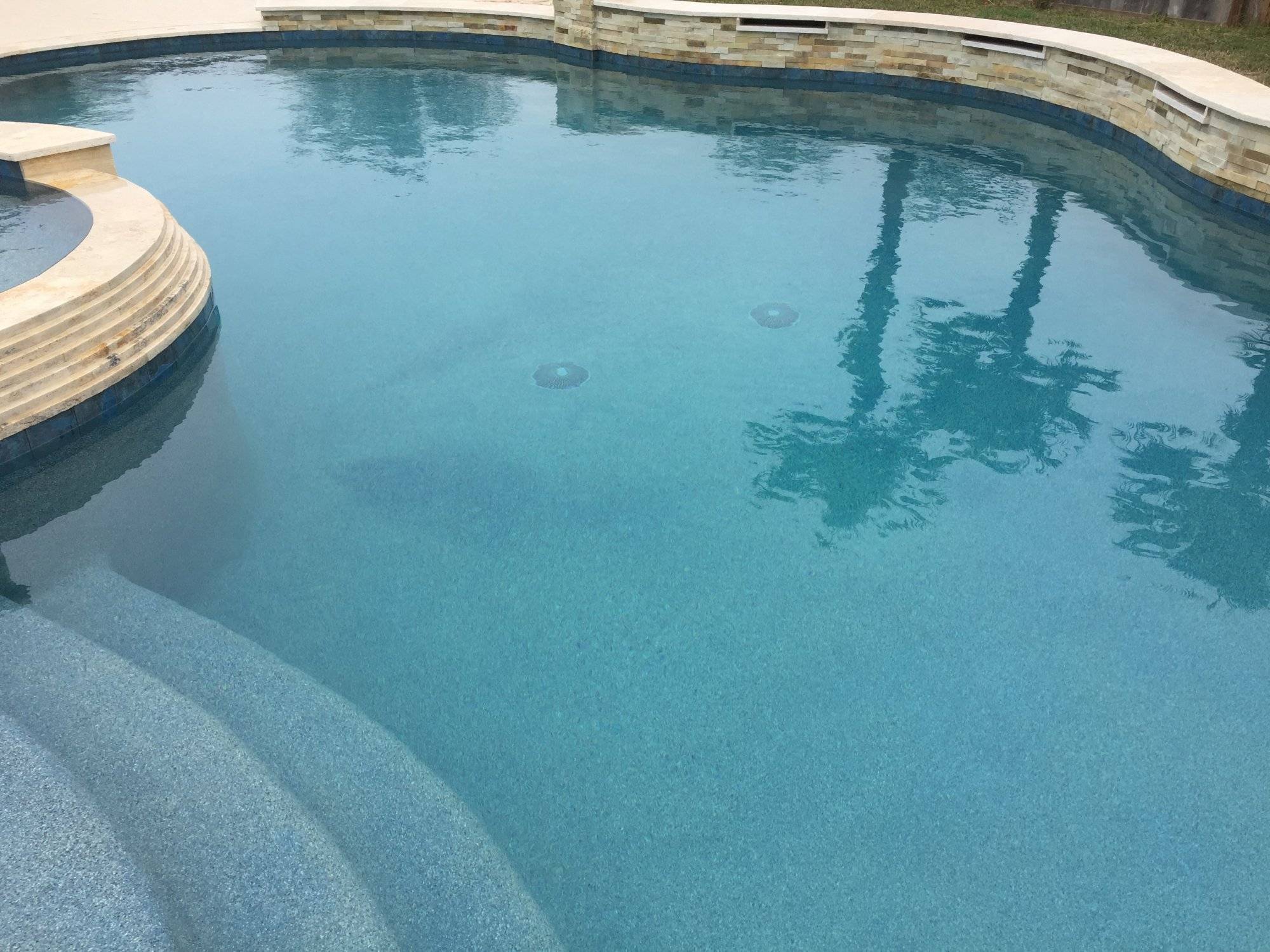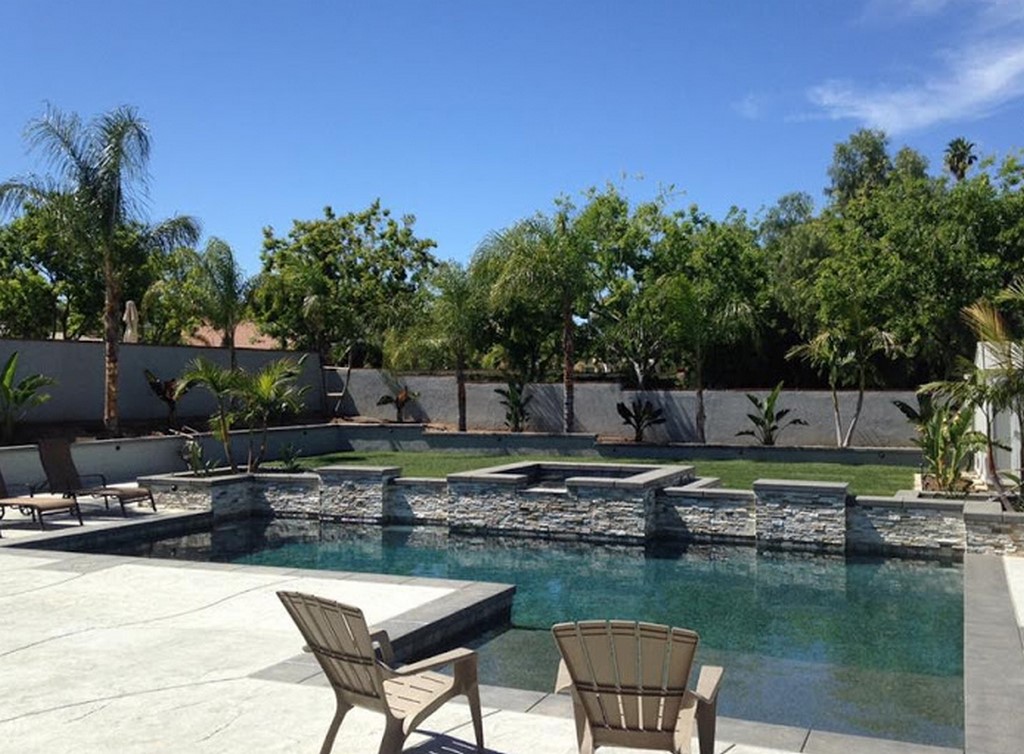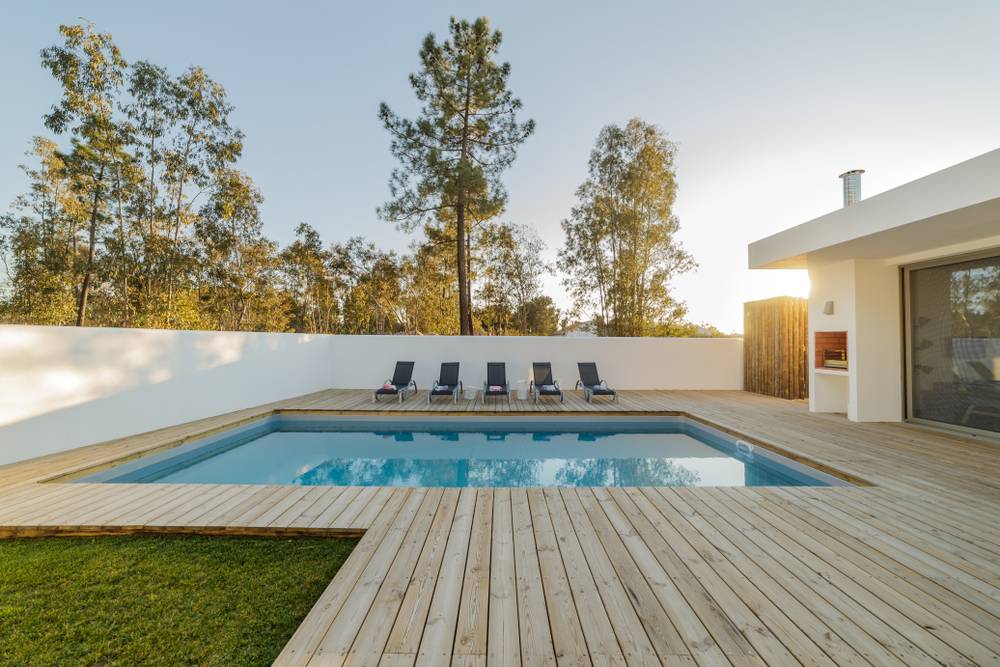Not All Color Pigments are Good for Pools
There are two important issues involved when trying to achieve quality colored pool plaster that will remain durable, attractive, and the proper shade for many years. The first issue is to utilize superior workmanship practices to achieve good color, with minimal mottling, and no blotchiness...

Pool Plaster Tips for the Average Homeowner
A quality plaster job can last a homeowner for decades. We help share basic steps that can be taken before, during, and after the plastering of a pool.

Pigments and Pools - Water Shapes
Colored plaster and aggregate finishes are found in more and more watershapes these days. But as Que Hales, Doug Latta and Kim Skinner discuss, not all pigments are created equal -- and knowing how to choose among the options can be the key to a project's success.


